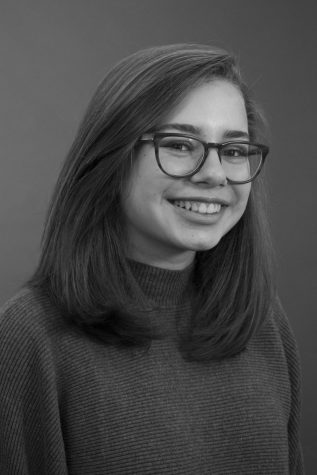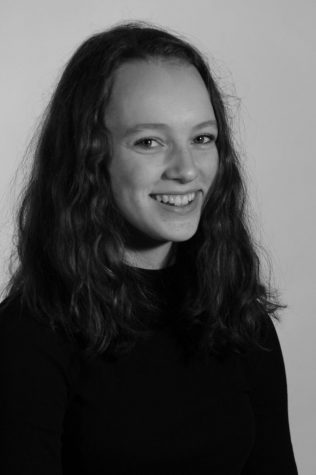Black Student Union Returns
Students Take Initiative to Address Racism
November 29, 2017
“What do we do next?” Mr. Dua asked at one of the weekly meetings for the recently revived Black Student Union at CRLS. This question, and its infinite number of answers, guides the young union’s members as they work to accomplish their mission of bringing “awareness to black issues through education, participation, and activism.”
After listening to students who had identified clear instances of racism within Rindge but hadn’t been able to take concrete actions in response, new history teacher Mr. Dua suggested a revival of the BSU, which has existed in various forms over the years.
Jeynaba Jamanka ‘18 noted this decisive step towards action, saying, “Mr. Dua is really the heart of our organization, and it means a lot to have a teacher I can trust and who wants to help me.” She continued, “I feel like we can actually get things done, and I haven’t really felt motivated by anything at Rindge in a long time.”
Senior Victoria Angeles commented on the purpose of the group, saying, “[The BSU is] a place for kids of color to feel welcomed and have a place to speak on issues that really matter in and out of the school.”
The first issue the BSU took on was the debate over police brutality and kneeling for the national anthem. The club created a public service announcement video that was widely viewed by Rindge students, Cantabrigians, and others.
At the time of this writing, the video has amassed over 3,300 views on YouTube since its posting on October 27th. In the video, members of the BSU stand and sing “Lift Every Voice and Sing,” which is often considered the black national anthem.
The group’s next goal is to make another video, but this time the video will depict racism at Rindge.
“[We also talk about] not being personally responsible for anything that happens at this school, because a lot of us felt like we were carrying the weight of a lot of policy and making change by ourselves,” said Jahnavi Zondervan, a senior in the BSU and one of the singers in their first PSA.
“I think we’re also here to take collective action against whatever those things are so we can kind of—without having one person being responsible for all the consequences—avoid burning any bridges. Together we can work on issues that face us,” she added.
“Having a group of people that supports you is the best feeling in the world, especially when they understand the majority of your own struggles,” said senior Richard Hinds, continuing, “There is no other place [at CRLS] for students of color, in my opinion, to have a voice.”
Anyone in the CRLS community is invited to attend BSU meetings on Tuesday mornings and Wednesday afternoons.
Juliette Low Fleury ‘18, commented, “It’s the Black Student Union, but we have a couple of white people who show up sometimes.” Zondervan chimed in, “And people of all other various races [are welcome]. So it’s more [like] ‘come to support if you’re interested in listening’ if you’re not a student of color. And if you are, then come to share or listen.”
A major focus of the union’s meetings is legacy, since the BSU is mostly composed of seniors. Mr. Dua let the students know that it was possible they might not see an immediate reaction to the work they put in: “I wanted them to know that if they were going to create an organization that was designed to support individuals, especially those who will be here after [the seniors] leave, then they have to create an environment where a sophomore or a junior … feels that they can step [in] and have the support and resources possible.”
One of these younger members, sophomore Reham Zeroual, explained why he was part of the BSU, saying, “I can be around people that understand the same struggle or understand how much harder it is for someone like me … it makes me feel more comfortable to know that I’m not the only one.”
This piece also appears in our November print edition.











